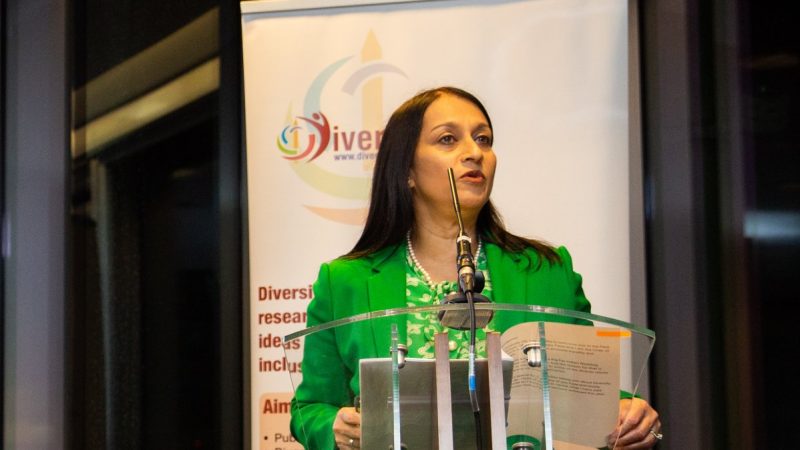Female tech representation yet to lift off

Latest figures from the 2016 Women in IT Scorecard research, published today by BCS, The Chartered Institute for IT and the Tech Partnership, show that women’s representation in the sector remains largely static despite continuing strong growth in job opportunities. According to the report, women make up just 17% of IT professionals, a figure essentially unchanged over the three years the report has been made available.
Tracing this back through the education system, the roots of this under-representation are clear: women account for 56% of all graduates, but only 17% of graduates in IT related subjects; they account for 52% of all apprenticeships, but just 19% of tech apprenticeships; girls take 26% of IT-related A levels; and 36% of IT-related GCSEs.
This shortfall in female recruitment takes place at a time when the sector itself is in strong growth: latest ONS data shows that gross value added from the digital industries rose by 11.4% between 2014 and 2015 to £104bn, more than four times that recorded for the economy as a whole (2.6%). In 2015 the digital industries accounted for 6.2% of all GVA within the UK economy (£1,666bn).
“Employers have long been concerned about the lack of women in technology,” says Karen Price, CEO of the Tech Partnership, “but it is now a real priority. If we’re to sustain the growth of this vital, high-value sector, we must attract bright, hard-working people of both genders and from every background. We can’t afford to miss out on half the population.”
Looking at individual IT occupations, the report reveals some intriguing figures. Women are concentrated in IT Project and Programme Management roles, and in Web Design and Development, where they take 27% and 26% of the available positions. At the other end of the scale, only 12% of Programmers and Software Developers are female. 11% of IT Directors are women: this is up 1% over 2015, so may prove grounds for optimism.
Gillian Arnold of BCS Women points to the strenuous efforts made by a range of bodies to encourage more women into technology. “The industry is putting tremendous resources into this issue,” she says, “and while it is disappointing that we haven’t yet seen a breakthrough, I believe that these initiatives do make a difference. Employers and educators must continue to strive to attract girls, not just by showing them the challenging and well paid roles we can offer, but also the opportunities to solve problems, improve lives and make the world a better place through technology.”
Focus on the educational curriculum
A closer look at some of the educational statistics reveals that when girls take an IT-related course, they are more likely to take ICT than Computing. At GCSE, for instance, ICT is ranked 39th out of 49 subject categories for female participation, while Computing is ranked 45th. At A level, girls take 26% of IT-related courses, but only 8% of Computing qualifications. “This highlights the importance of avoiding too narrow a curriculum” says Karen Price. “The focus on computer science is entirely welcome, but we must not sideline broader options too, or we risk closing off an important route into the profession for women.”
Correct the gender pay imbalance
“This is a global issue, not just one for the UK,” concludes Gillian Arnold. “Even the best performing nation - Israel - achieves only 26% female representation. But given the UK’s ambitions, we need to be doing much better. One significant measure we could take, which is entirely in our hands, is to correct the pay imbalance. Women continue to earn only 85% of the male rate: reaching equality would send a strong signal to women that they are welcomed and valued in our sector.”
Click here to download the BCS Women in IT Scorecard 2016 report.
About the Tech Partnership
The Tech Partnership is the network of employers creating skills for the UK's digital economy. It works to inspire young people about technology, accelerate the flow of talented people from all backgrounds into technology careers, and help companies develop the technology skills they need for the future.




